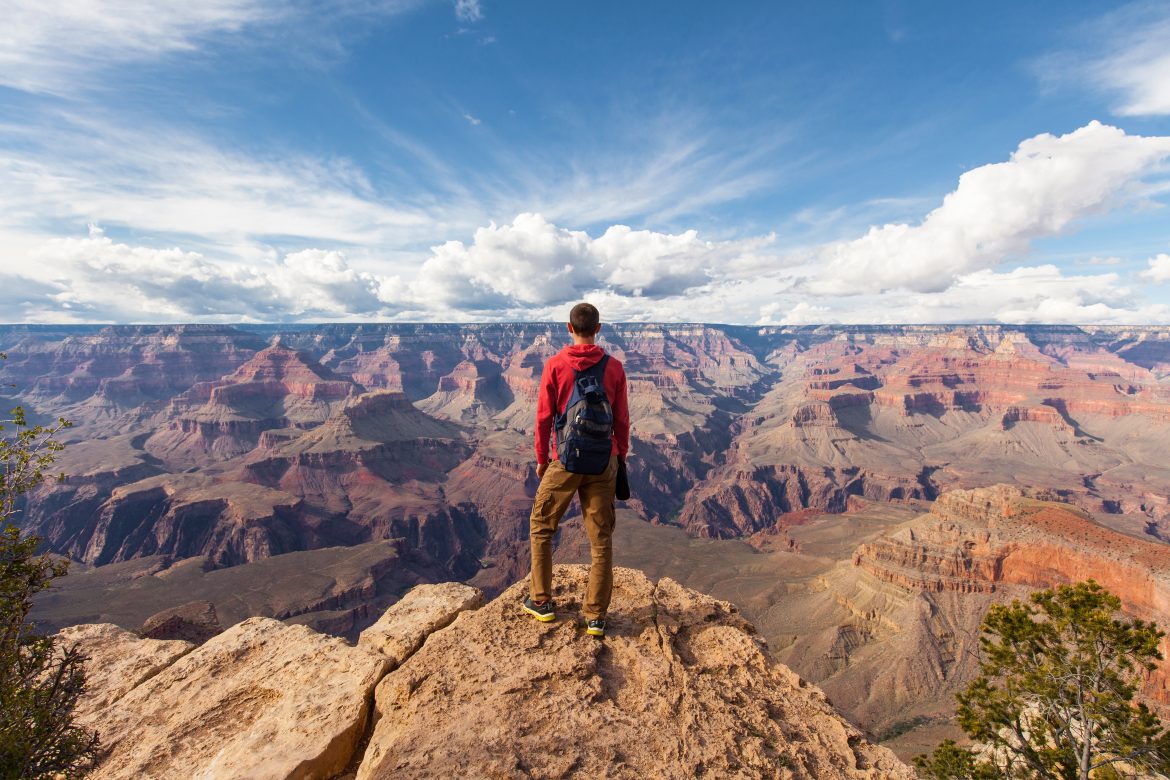The United States of America is certainly one of the most beautiful countries when it comes to natural wonders. It’s also one of the world’s largest nations, and because of its unique location on the globe you will be able to discover and enjoy everything from deserts to tropical islands to mountains, and more. The USA is filled with stunning natural wonders that are so powerfully beautiful, they need to be seen to be believed. Here are seven of our favorites.
Multnomah Falls
Oregon

Multnomah Falls, Oregon (Photo: f11photo)
Formed around 15,000 years ago, the Multnomah Falls is the tallest waterfall in Oregon, and one of the tallest year-round waterfalls in the entire country. The 620 ft. falls is comprised of two main drops, with a gorgeous bridge built nearby for visitors to get an up-close look. The falls are fed by an underground spring from the nearby lake and is a vital piece of folklore to the native Multnomah people.
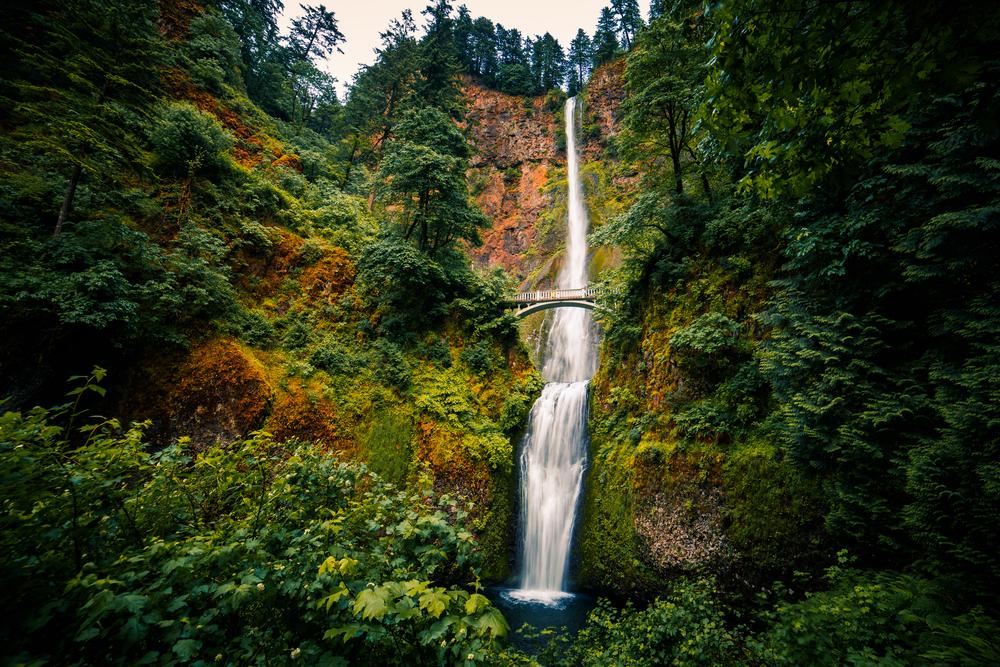
Multnomah Falls (Photo: Engel Ching)
Aside from its impressive history, the Multnomah Falls is special because of its stunning surroundings. Located in Oregon’s Columbia River Gorge, the top of the waterfall drops from the lush, evergreen cliffs of Benson State Park, cascading down into the Columbia River, which separates the state of Washington from Oregon. The mist created by the falling water keeps the area cool and damp, creating a perfect home for various plant species. When you go, be sure to keep an eye out for rare species of birds and reptiles.
White Sands National Park
New Mexico
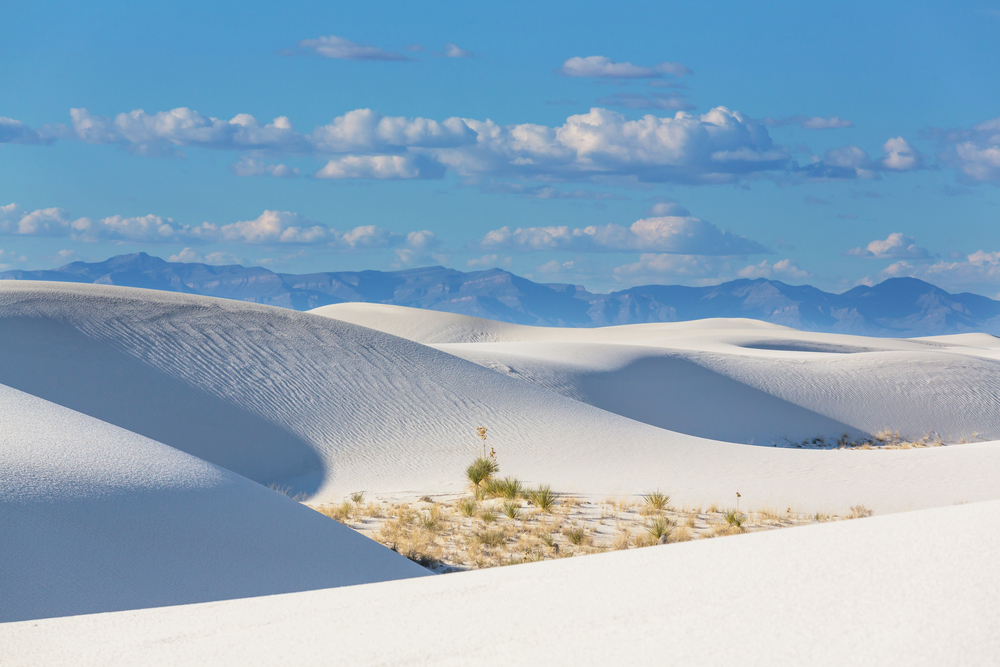
White Sands National Park (Photo: Galyna Andrushko)
Despite being a desert, New Mexico used to be filled with large inland lakes about 12,000 years ago. At the site of present-day White Sands, a giant lake once filled the area, and a plethora of life lived in the region, from early humans to mammoths, giant ground sloths, dire wolves, and even saber tooth tigers and the American lion.
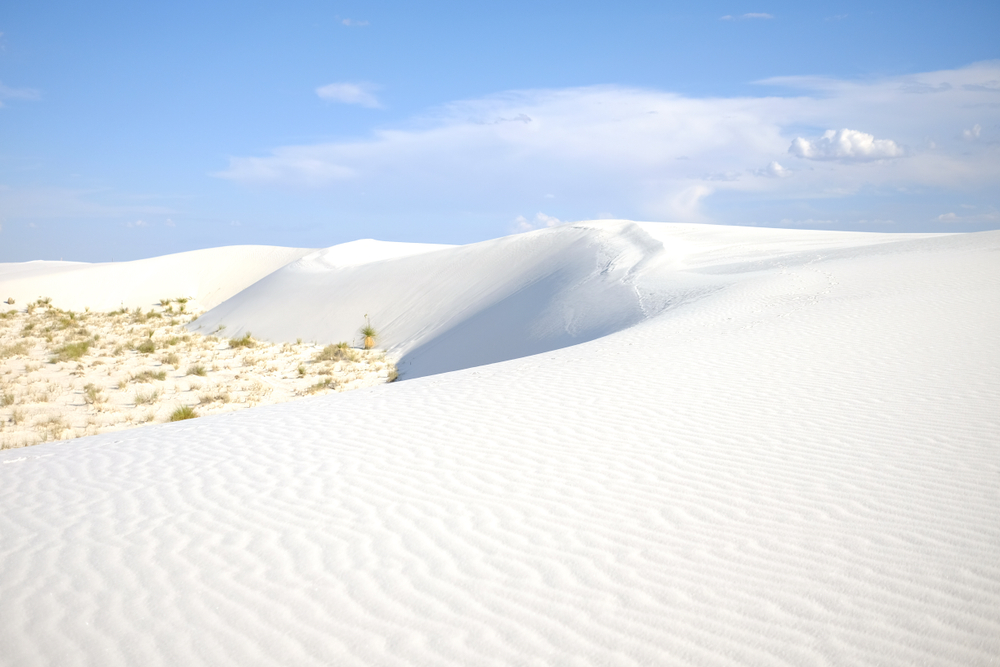
White Sands, New Mexico (Photo: Nicole Weinberger)
The lake had a high concentration of gypsum in the water, and over the centuries, as the lake evaporated due to a changing climate, the gypsum dried into a crystal form called selenite. Now, the selenite sands provide the region with giant ivory-colored sand dunes that feel like a cross between the beach and the Sahara. Some dunes can even reach 60 ft. tall. Because of its otherworldly look, numerous movies have used the region for filming, including Transformers, The Book of Eli, and The Man Who Fell to Earth.
Na Pali Coast, Kauai
Hawaii
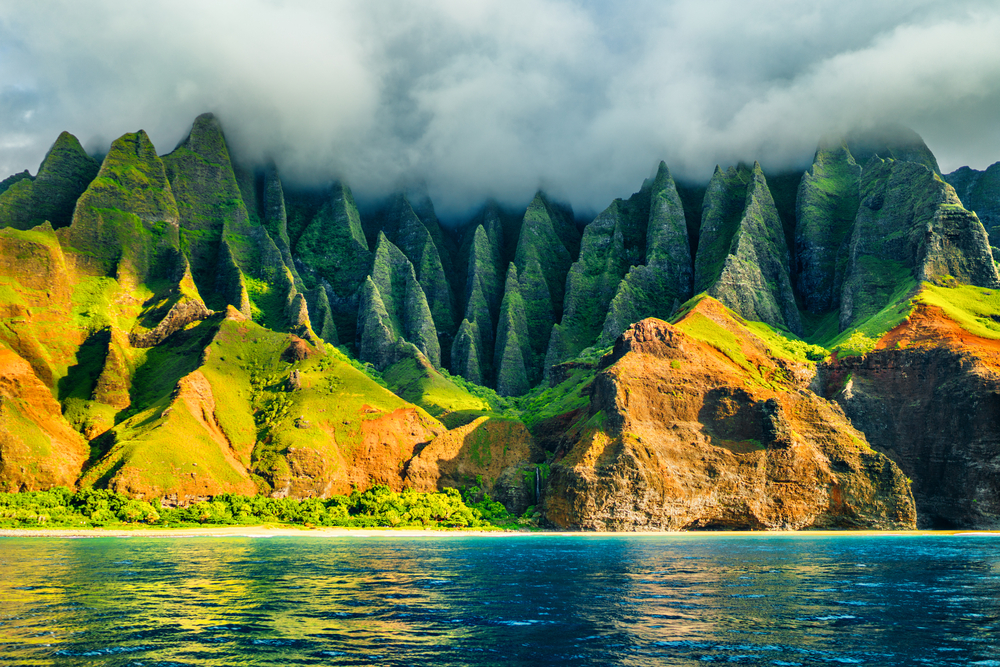
Na Pali Coast (Photo: Maridav)
Formed over thousands of years of erosion, the na pali (high cliffs) are a sight to behold. Emerald, towering, steeple-like cliffs lead to flourishing valleys below. Waterfalls drop a thousand feet onto pristine, sandy beaches as waves from the Pacific roll onto shore.
Because Kauai is an island, the Na Pali region is also home to tons of rare and endemic species, many of which are endangered. It’s no wonder why Steven Spielberg’s Jurassic Park used the landscape to portray the fictional island of Isla Nublar. It truly does look straight out of a movie.
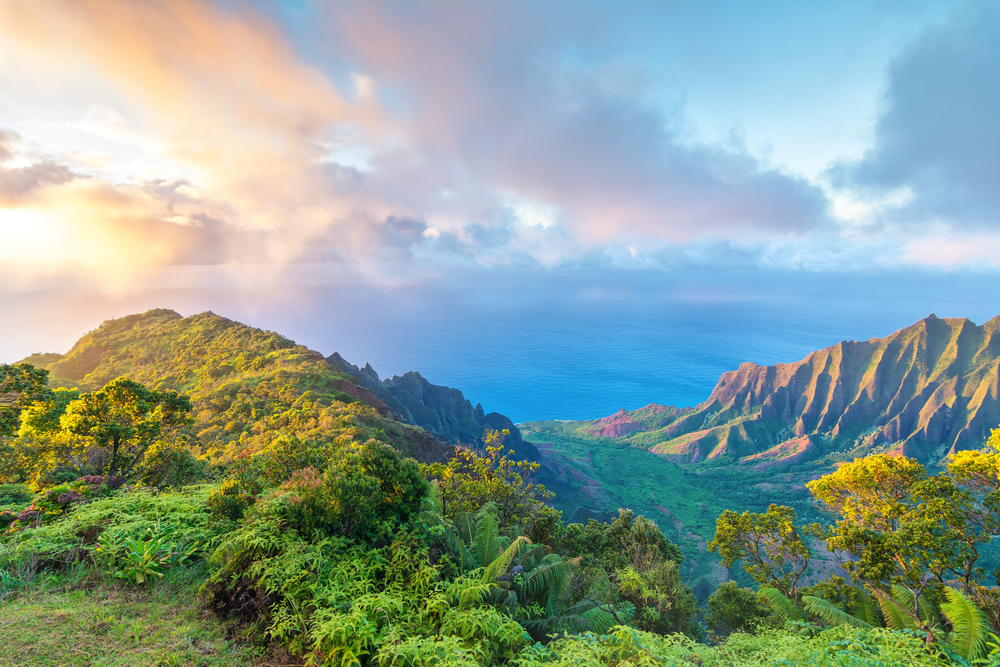
Na Pali (Photo: Fominayaphoto)
Thanks to recent pushes from the Hawaiian people, Na Pali has strengthened its protective laws. You can still visit the region, which is excellent for hiking, swimming, and boat/helicopter tours, but admission is limited and you’re asked to “leave only footprints” in order to keep the habitat healthy and strong.
Lake Superior
Michigan, Wisconsin, Minnesota
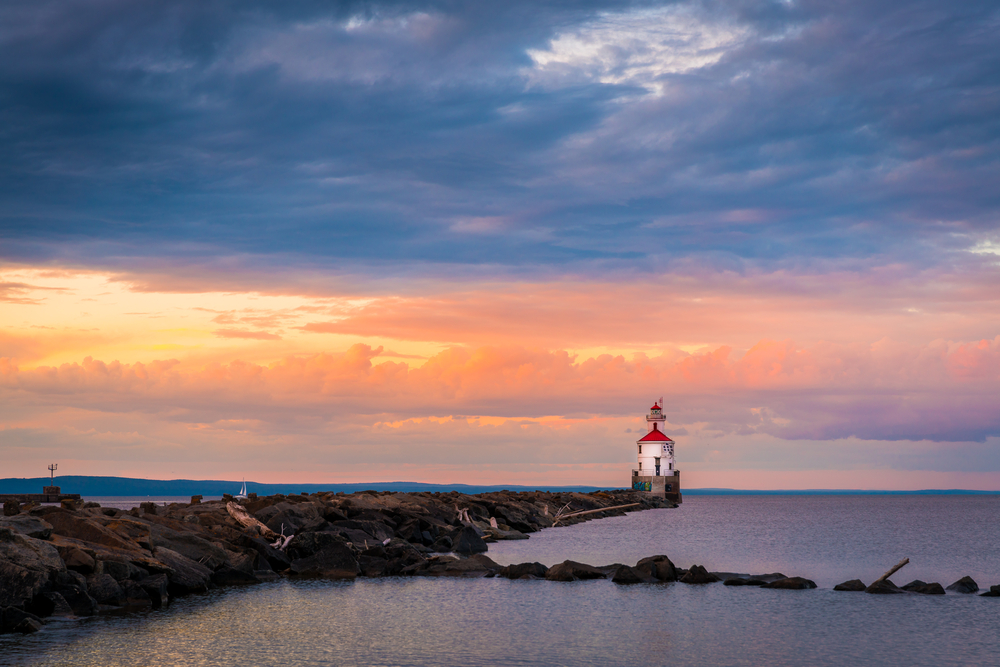
Wisconsin Point Lighthouse (Photo: LIKE HE)
The Great Lakes is the largest body of freshwater on the planet. They’re so large, that when you look at them from the coast, you’d think you were standing at an ocean. In fact, they’re so big that you can see them from space.
The largest of the Great Lakes (and the largest single freshwater lake in the world) is Lake Superior, which forms a border between the US and Canada. Because much of the land surrounding the lake is protected (such as Pictured Rocks National Lakeshore and Isle Royale National Park in Michigan, and Apostle Islands National Lakeshore in Wisconsin) the lake remains crystal clear, thanks to limited farm runoff and industrial waste.
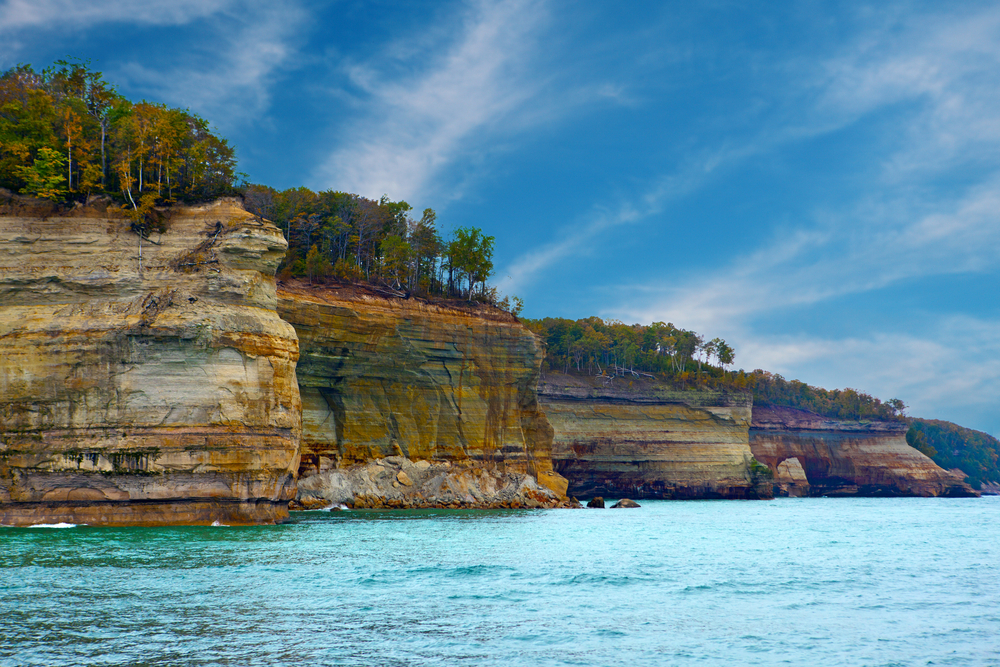
Pictured Rock National Lakeshore (Photo: Le Do)
The lake is perfect for boating, hiking, swimming, fishing, and camping. In the winter, the region is prime for cross-country skiing, ice fishing, and snowmobiling. Aside from the plentiful fish that live in the lake, the region is also home to black bear, moose, bobcats, coyotes, deer, and elk. The Great Lakes are one of the most diverse habitats for plants and animals in the entire country.
Mount Shasta
California
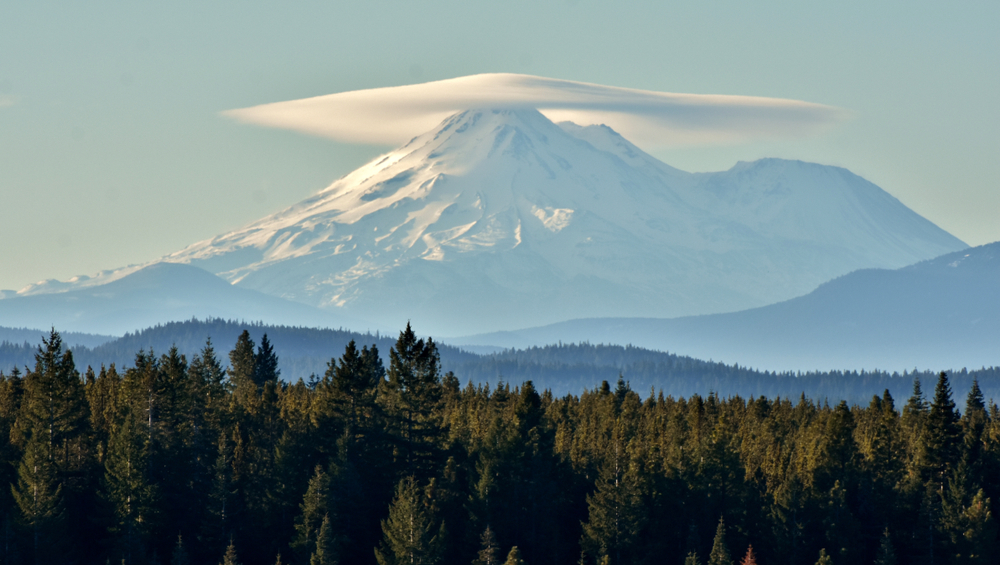
Mount Shasta (Photo: Michael Fitzsimmons)
Steeped in mystery, Mount Shasta, in Northern California, is one of America’s most fabled mountains. Standing over 14,000 feet high, Mount Shasta is actually a volcano whose shape is formed from four overlapping dormant volcanic cones, which have created quite a complex and unique shape. Better yet, despite the last verified eruption being 1250 AD, the oral tradition Californian tribes is that the volcano actually had an eruption in the 1700s, meaning its potentially still active.
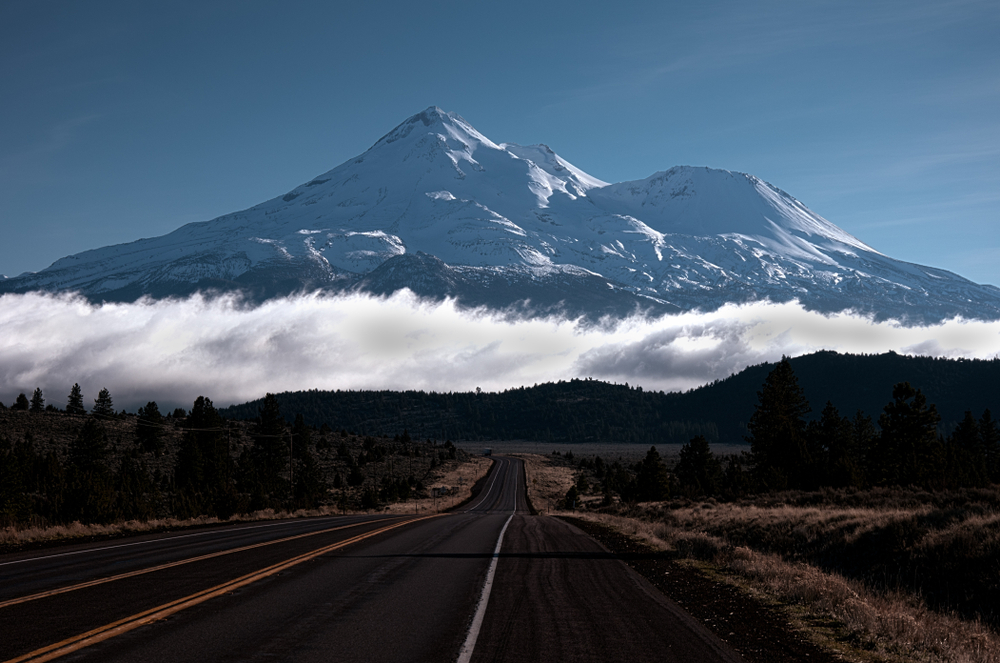
Mt. Shasta, CA (Photo: Richard Glad)
The mountain has also served as a home to numerous stories and legends. The native Klamath people have long told stories of Mt. Shasta being the location of visits from one of their fallen chiefs, who now resides in the “above world”. The mountain itself is also a magnet for spiritual seekers. Numerous tribes have performed rituals on the mountain throughout history, believing it to be a gateway, and the entire “I AM” movement was born on Mt. Shasta when Guy Ballard saw a premonition while hiking. There’s even stories of an advanced civilization that lives beneath the mountain and it’s in the middle of Bigfoot country… Whether these stories are true seems to be irrelevant, whereas the real question is, why do all these stories center around this one mountain?
The Grand Canyon
Arizona
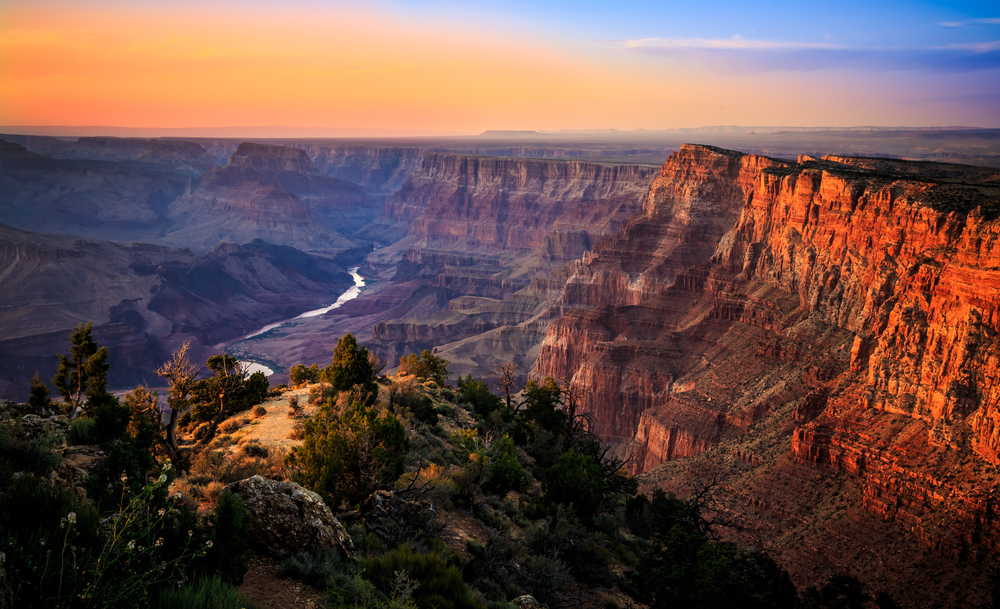
The Grand Canyon (Photo: Stephen Moehle)
Spanning 277 miles long, this giant gorge of the Colorado River is truly one of America’s most magnificent sights. Six million years ago, the Colorado river diverted its path into what is now the Grand Canyon. From then on, the river slowly eroded the Earth, digging down deeper and deeper. At its deepest point, the canyon drops over 6,000 ft.
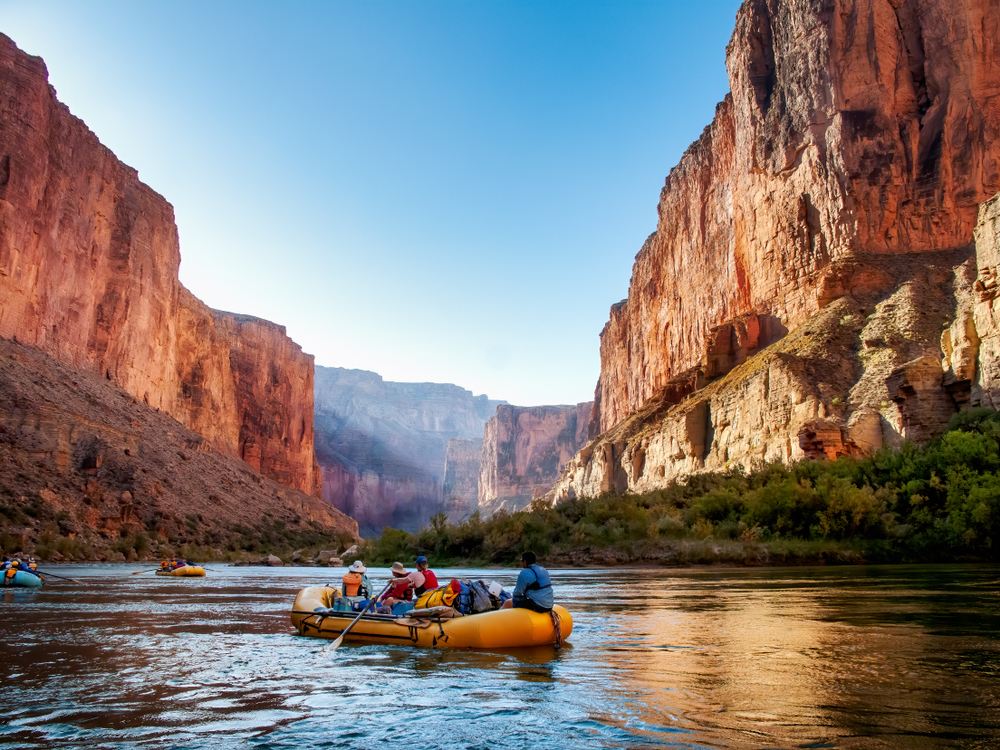
Rafting the Colorado River (Photo: Jim Mallouk)
It’s also one of the most important geological artifacts on the planet. Because of the river’s erosive impacts, scientists are able to study rocks and sediment from billions of years ago. The Vishnu Schist, which can be seen from the river, is two billion years old.
History buffs will also love the fascinating history of the ancient Puebloan people, who resided in the Grand Canyon and built their communities directly into the rock. The Grand Canyon isn’t just one of America’s greatest treasures, it’s one of the most awe-inspiring places in the entire world.
Niagara Falls
New York
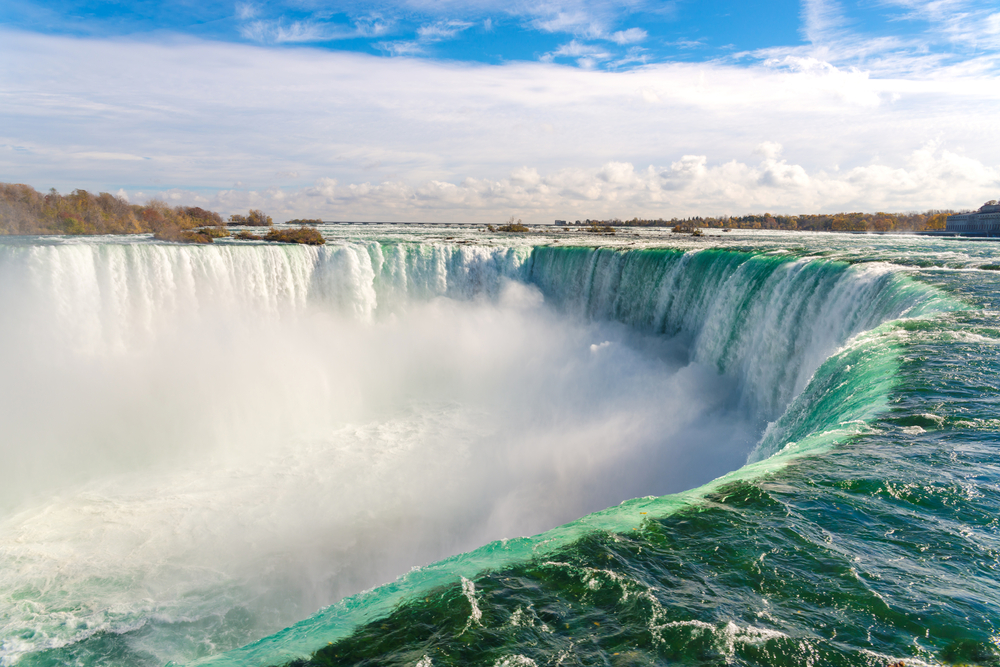
Horseshoe Fall (Photo: Alexander Demyanenko)
While it’s become somewhat of a tourist trap, the truth is, Niagara Falls is still an absolutely stunning place to visit. After the glaciers of the last ice age receded and formed the Great Lakes, water began flowing from Lake Erie, into Lake Ontario, which sits at a slightly lower elevation. This flow gradually got bigger and bigger, until the world ended up with Niagara Falls. In fact, the falls are still eroding to this day, and the waterfall continues to get slightly bigger with each passing decade.
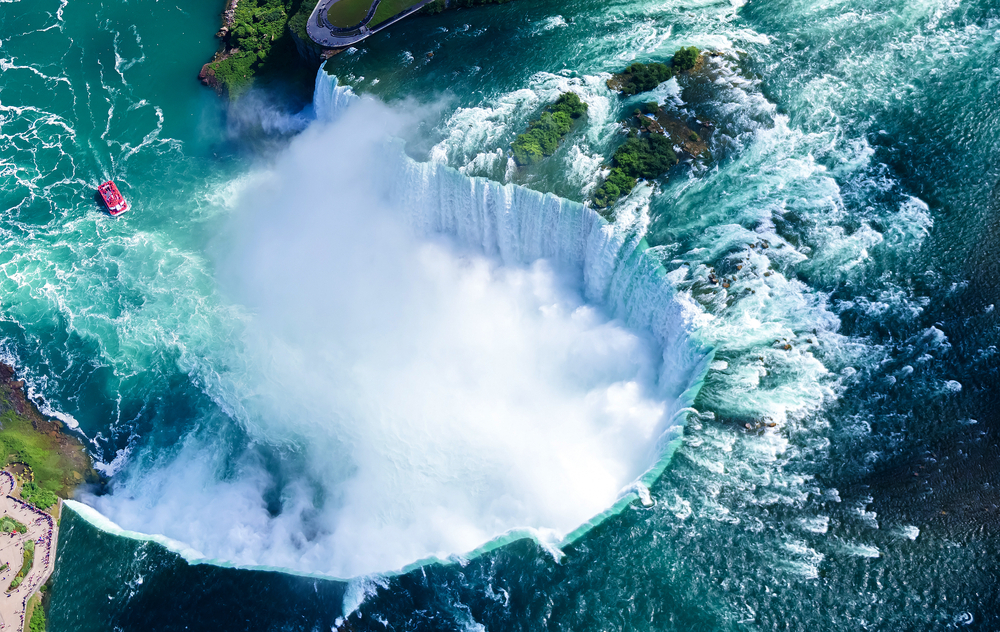
Niagara Falls (Photo: TRphotos)
Aside from the natural beauty of the area, the falls are also an integral part of America’s history. For years, going over the falls in a barrel caused a national frenzy, and would appear as headline stories in newspapers around the country. Daredevil Sam Patch started this tradition in 1829 when he jumped from a ledge, and survived (He jumped again one week later and didn’t survive…). But most famous is Annie Edson Taylor, the first person to survive going over the falls in a barrel. Since then, people have done everything from tightrope over the falls to jet ski right off of them. Niagara Falls isn’t just a stunning natural landmark, it’s a true piece of Americana.
RELATED: A Journey to the Four Corners of America
A Journey to the Four Corners of the United States of America


